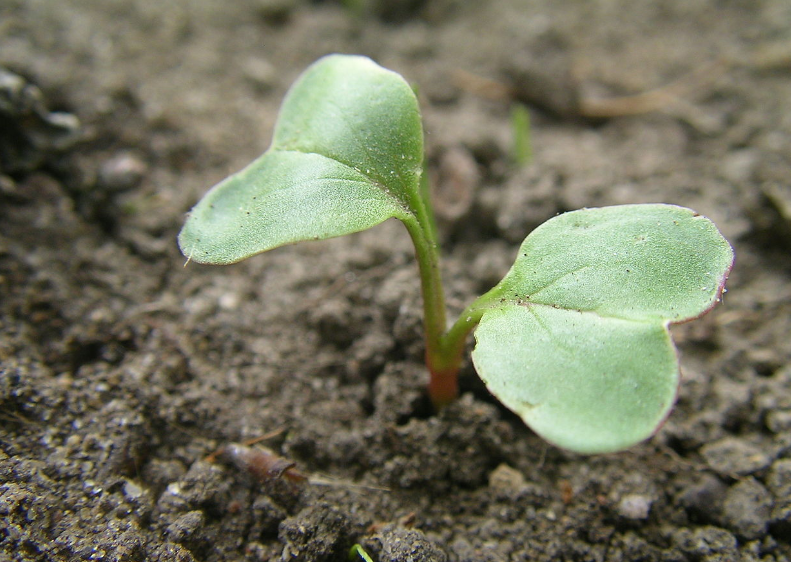Starting Vegetable Garden Seeds Indoors
When do you need think about starting you vegetable garden seeds indoors to be sure they are ready in time for garden planting?
Vegetable Seed Starting
Check the back or your seed package there should be information there on how soon the seeds need to be planted before the last frost. Some seeds will take longer to germinate and start growing than others. Use a calendar and count back from the last frost date in your area to figure out when the seeds will need to be started.
How many weeks till last frost depends on the zone you live in.
Where I live with our winter climates the outdoor planting day is usually May 24th, but that doesn’t mean we won’t get a morning of light frost, so if you are gardening in a northern climate be prepared.
Starting seeds indoors can also give you an earlier crop, you can start seeds indoors for your early crop; and plant the seeds outdoors for a later one.
Any of the root vegetables can be planted directly in the vegetable garden as soon as the ground can be worked. This is true even in our cooler climate, our zone here is 3 – 4, but root vegetables such as beets, potatoes, carrots, turnips and onions and garlic can be planted as soon as the ground can be worked.
Seed starting kits can be purchased to start seeds indoors or start them in peat pellets, pots, or trays – depending on the vegetable you are growing.
Beans do not transplant well so I plant the seed in a peat pellet and then into a peat pot that will be planted directly in the garden. This way the root is not being disturbed.
It is important to use a good potting soil mix to start your plants and remember they need a lot of sunlight to grow.
If your plants don’t get enough sun they will grow long and thin. If you are starting your seeds in your house, look for a window or room that gets the most amount of sun during the day, or use grow light if you can.
The soil must be keep moist at all times while the seeds are germinating and while the young plants are growing. If the seeds don’t get enough water they will not grow.
If you have a greenhouse seeds can also be started when it’s warm enough.
© 2017, Teresa. All rights reserved.


Hi there,
Thanks for this review. I myself am a keen vegetable gardner and always love to keep up with gardening information. I use ‘jiffy cups’ to grow my seeds indoors, I find they’re easy to manage and easy to transplant when ready.
I’m from New Zealand so I’m unsure whether they’re called ‘jiffy cups’ or ‘jiffy pots’ overseas sorry!
Anyway, thanks for the information. I’ll be reading up on some of your other posts soon.
Amy
Hi Amy,
I think we call the jiffy pots but I’m sure they are the same thing pots made with peat. I like them too, using them you don’t disturb the fragile roots when transplanting.
There will be more posts on gardening added soon.
I have always wondered about starting veggie seeds indoors, I have never tried it the thought always made me anxious.
I never knew you could actually purchase seed starting kits, this does ease my anxiety to give this a try this winter for my own seedlings in the spring
I like the peat pods idea the best, can I start any veggie seeds in peat pods?
Hi Jeffrey,
Seed starting kits are excellent for people starting out as everything you need is in the kit. I like using peat pods especially for seeds like beans that do not like being transplanted. I use these pots for all my seeds and they all seem to do okay.